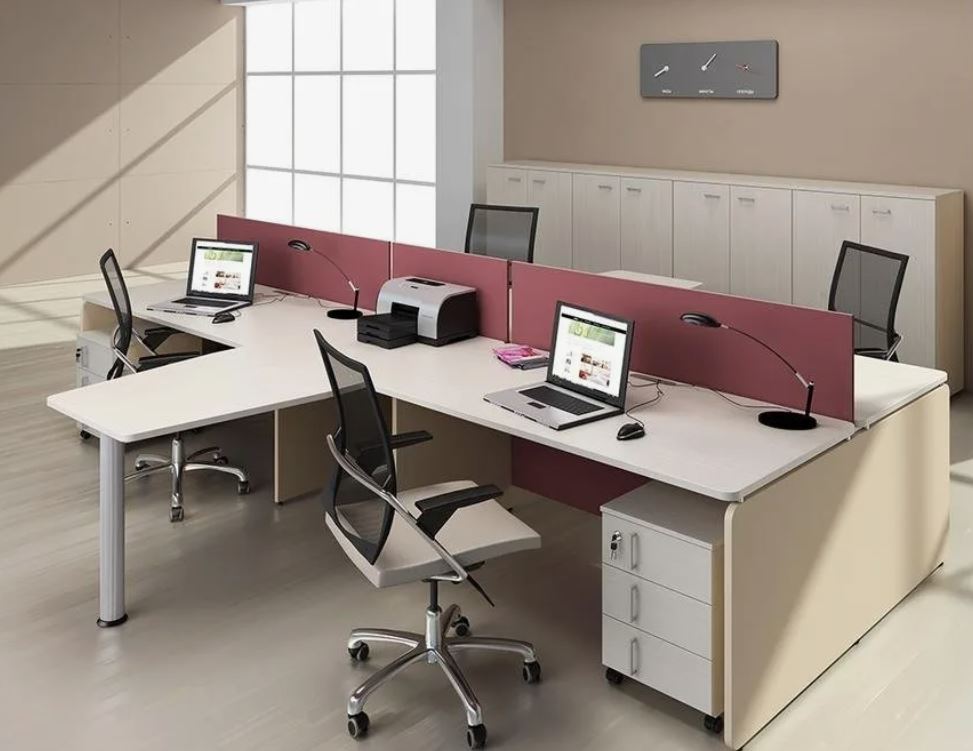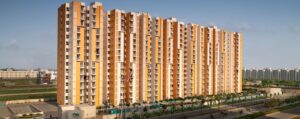When designing an office, one of the key factors that contribute to its functionality and aesthetic appeal is the choice of office partition design. Office partitions serve as more than just physical barriers between employees; they can influence the overall productivity, mood, and collaboration within the workspace. Whether you are planning to revamp your current office layout or designing a new one from scratch, choosing the right partition design can make a significant difference.
Importance of Office Partition Design in Modern Workspaces
In today’s fast-paced business environment, office space needs to serve a variety of purposes, including collaboration, privacy, and comfort. Office partition design plays a crucial role in achieving these goals. Open office layouts, which were once all the rage, are gradually being replaced by more thoughtful, modular designs that provide both open spaces for collaboration and enclosed areas for focused work.
Partitions allow you to create dedicated areas for meetings, phone calls, or even private spaces for employees who require a quiet environment. Beyond functionality, the design of these partitions can also contribute to the aesthetic of the office. Choosing a style that complements the overall design of the office space can help create a cohesive and professional atmosphere.
Types of Office Partitions to Consider
There are several types of office partition designs available, each catering to specific needs. Understanding the different types will help you make an informed decision about which style is best suited for your office.
- Glass Partitions: Glass is one of the most popular materials used in modern office partition design. Glass partitions are ideal for offices that require a balance of openness and privacy. They allow natural light to flow through the office, creating a bright and open atmosphere while still providing the necessary separation between workstations. Frosted or tinted glass options provide a higher level of privacy if needed.
- Modular Partition Systems: Modular office partitions are designed for flexibility. These partitions can be easily reconfigured to accommodate changes in office layout or function. They are typically made from a variety of materials, including wood, fabric, or metal. Modular systems allow businesses to adapt to growing teams or changing work dynamics without significant redesign efforts.
- Acoustic Partitions: In a bustling office environment, noise can be a major distraction. Acoustic partitions are designed specifically to reduce sound and create quieter workspaces. These partitions are particularly useful in open-plan offices where noise levels can be high. Acoustic materials, such as fabric or foam, are used to absorb sound and improve overall office acoustics.
- Solid Wood Partitions: For businesses that want to convey a sense of professionalism and permanence, solid wood partitions are an excellent choice. Wood offers a classic and sophisticated look, making it a popular choice for law offices, financial institutions, and executive suites. These partitions can also be customized with various finishes to match the office décor.
- Folding Partitions: Folding partitions are an ideal solution for offices that require flexibility. These partitions can be folded away when not in use, allowing for a larger, open space. When you need to create separate areas, simply unfold the partition. They are perfect for meeting rooms or conference areas that require flexible room sizes.
Factors to Consider When Choosing Office Partition Design
Choosing the right office partition design involves several considerations. Below are some key factors that can help guide your decision-making process:
- Privacy Needs: Depending on the nature of your business and the tasks performed in your office, you may need partitions that offer varying levels of privacy. For example, if employees need to make confidential phone calls or focus on detailed tasks, acoustic or solid partitions can provide the necessary level of privacy. On the other hand, if collaboration and communication are central to your workflow, glass partitions may be more suitable.
- Office Size and Layout: The size of your office space will influence the type of partition you choose. For larger offices, modular or glass partitions can be used to create designated zones without making the space feel cramped. In smaller offices, partitions that are flexible or foldable may be a better choice, as they allow you to optimize the available space while still providing the necessary division between areas.
- Aesthetic Appeal: The design and materials of your office partitions should complement the overall aesthetic of the office. Modern offices may benefit from sleek glass or metal partitions, while more traditional or rustic spaces may prefer wood or fabric-covered partitions. The colors, textures, and finishes you choose can help reinforce your company’s brand identity and create a professional atmosphere.
- Budget: The cost of office partition design can vary significantly based on materials, customization options, and installation requirements. Modular partitions tend to be more affordable, while glass and solid wood partitions may come with a higher price tag. It’s important to balance your aesthetic preferences and functionality with your budget.
- Sustainability: With an increasing emphasis on sustainability, many businesses are opting for eco-friendly materials in their office partition designs. Look for partitions made from recycled or sustainable materials, or those that can be easily disassembled and repurposed. This not only helps reduce your environmental impact but also aligns with modern corporate values focused on sustainability.
Benefits of Using Office Partition Design in Your Workspace
Incorporating office partition design into your office layout offers numerous benefits. Here are just a few reasons why partitions are an excellent investment for your business:
- Improved Privacy and Focus: Office partitions provide employees with the ability to focus on their tasks without distractions from the surrounding environment. This is particularly important for tasks that require deep concentration or confidential discussions.
- Better Space Management: Partitions allow for better space utilization, especially in open-plan offices. By creating separate zones, you can allocate space for specific purposes, such as meeting areas, individual workstations, or collaborative spaces. This improves the flow of the office and enhances productivity.
- Noise Reduction: As mentioned earlier, noise can be a significant distraction in open office environments. Acoustic partitions can help reduce noise levels, making it easier for employees to concentrate and communicate without the disruption of background noise.
- Increased Flexibility: Office partitions, particularly modular and folding partitions, offer flexibility that can adapt to the evolving needs of your business. As your team grows or projects change, these partitions can be reconfigured to accommodate new layouts or functions.
Conclusion: Invest in a Functional and Stylish Office Partition Design
Choosing the right office partition design is more than just a matter of style; it’s about creating an environment that fosters productivity, collaboration, and comfort for your employees. Whether you opt for glass partitions, modular systems, or acoustic designs, it’s essential to select a design that aligns with your office’s goals.
For those looking to create a cohesive and professional office environment, consider working with experts who specialize in office design and furniture solutions. At office furniture, we can help you choose the ideal partition system that combines functionality with style, ensuring your office remains an efficient and inviting place to work.






